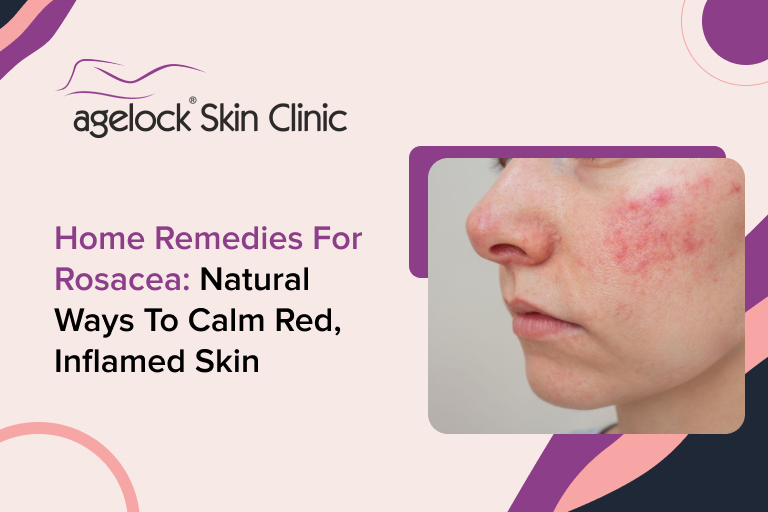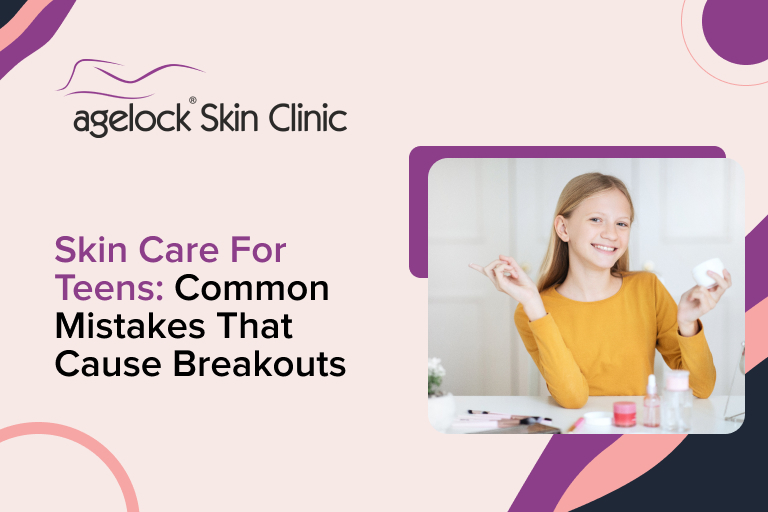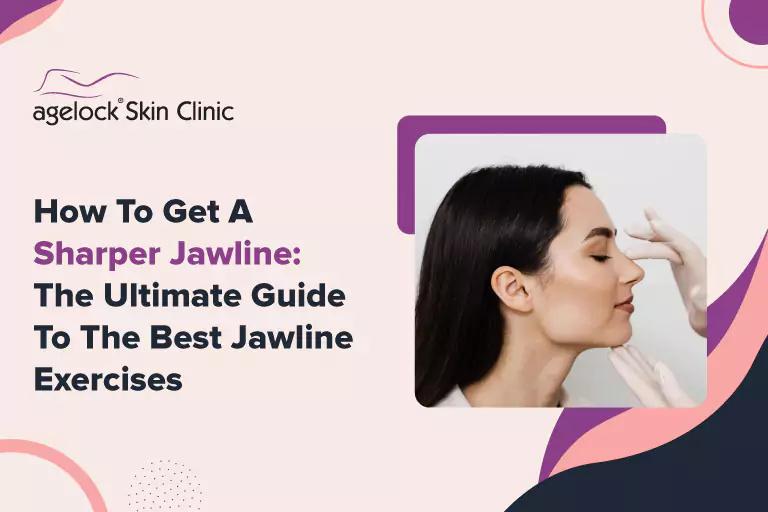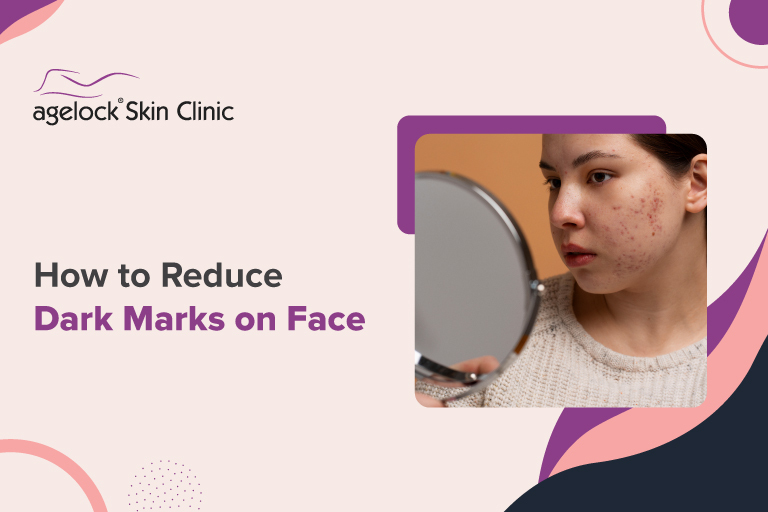Are you struggling to find the perfect sunscreen for your face? With so many options available, choosing the right one that suits your skin type, skin tone, and personal preferences can be overwhelming. This blog post will guide you through finding the perfect sunscreen for your face. From knowing your skin type and tone to understanding different sunscreen formulas and features, we will provide you with the necessary information to make the best choice for your skin.
Why do you need sunscreen?
Sunscreen is essential to protect our skin from the harmful effects of ultraviolet (UV) radiation. It acts as a barrier between the sun’s rays and our skin, preventing sunburns and reducing the risk of skin cancer. Sunscreen also helps to prevent premature aging, including wrinkles and dark spots, caused by long-term sun exposure. By applying sunscreen regularly, we can shield our skin from UVA and UVB rays and maintain its health and youthful appearance.
What is SPF?
Before taking the steps to find the right sunscreen, it is essential to know about SPF, which stands for Sun Protection Factor. It measures how well a sunscreen can protect the skin from the ultraviolet (UV) rays. The SPF number indicates the level of protection against UVB rays, which are the leading cause of sunburn. A higher SPF number indicates a higher level of security. For example, SPF 30 sunscreen will block about 97% of UVB rays, while SPF 50 will block about 98%. It is important to note that SPF only measures protection against UVB rays and not UVA rays, which also contribute to skin damage. Therefore, choosing a sunscreen that offers broad-spectrum protection is recommended, which protects against both UVA and UVB rays.
Know your skin type
The first step to finding the right sunscreen for your face is to know your skin type. Different skin types have different needs and sensitivities when it comes to sunscreen. Here are some of the general guidelines for each skin type:
- Normal skin: Normal skin is neither oily nor dry and has few or no blemishes. If you have normal skin, you can use most types of sunscreens but avoid ones that are too greasy or dry. Look for sunscreens that are lightweight, moisturizing, and non-comedogenic (won’t clog pores).
- Oily skin: Oily skin produces excess sebum (oil) and tends to have enlarged pores, blackheads, and acne. If you have oily skin, avoid too heavy, oily, or creamy sunscreens, which can make your skin look shinier and cause breakouts. Look for sunscreens that are oil-free, mattifying, and non-comedogenic.
- Dry skin: Dry skin lacks moisture and tends to have flaky, rough, or dull patches. If you have dry skin, try to avoid sunscreens that are too light, watery, or alcohol-based, as they can dry out your skin further and cause irritation. Look for sunscreens that are hydrating, creamy, and soothing.
- Combination skin: Combination skin has both oily and dry areas, usually with an oily T-zone (forehead, nose, and chin) and dry cheeks. If you have combination skin, use sunscreens for different parts of your face or look for balanced, adaptable, and non-comedogenic sunscreens.
- Sensitive skin: Sensitive skin reacts quickly to external factors and may experience redness, itching, burning, or rashes. If you have sensitive skin, avoid sunscreens that contain potential irritants, such as fragrances, preservatives, alcohol, or chemical filters. Look for sunscreens that are gentle, hypoallergenic, and mineral-based.
Know your skin tone.
The second step to finding the right sunscreen for your face is to know your skin tone. Different skin tones have different levels of melanin, the pigment that gives color to your skin and protects it from the sun. Here are some general guidelines for each skin tone:
- Fair skin: Limited melanin makes fair skin liable to quick sunburn. Opt for a high SPF (at least 30) to prevent sunburn and reduce skin cancer risk. Consider sunscreens with a tint or sheer finish to avoid a white cast.
- Medium skin: With more melanin, medium skin tans easily. Choose a moderate SPF (at least 15) to prevent sun damage and premature aging. Look for sunscreens with a natural or radiant finish, as some may make medium skin appear dull or ashy.
- Dark skin: Abundant melanin in dark skin means a low SPF (at least 10), sufficient to prevent hyperpigmentation and uneven skin tone. Prioritize sunscreens with a transparent or luminous finish to avoid a gray or purple cast.
Know your preferences
The third step to finding the right sunscreen for your face is to know your preferences. Different sunscreens have different textures, formulas, and features that appeal to you more or less, depending on your taste. Here are some factors to consider when you are choosing a sunscreen:
- Texture: Sunscreens come in various textures, such as lotion, cream, gel, spray, stick, or powder. You may prefer a surface that is easy to apply, feels comfortable on your skin, and blends well with your makeup.
- Formula: Sunscreens can be either a chemical mineral or a combination. Chemical sunscreens absorb the sun’s rays and convert them into heat, while mineral sunscreens reflect the sun’s rays and block them from reaching your skin. You may prefer a more effective, stable, or suitable formula for your skin type or tone.
- Features: Sunscreens can have additional features, such as water resistance, sweat resistance, anti-aging, anti-pollution, or color correction. You may prefer a component that meets your needs, such as swimming, exercising, or correcting skin imperfections.
Additional tips to find the right sunscreen for your face
Now that you know your skin type, skin tone, and preferences, you are ready to find the right sunscreen for your face. Here are some steps to follow:
- Read the Label: Check SPF, active ingredients, and expiration date. Opt for broad-spectrum sunscreens protecting against UVA and UVB rays. Avoid expired ones.
- Test the Product: Apply a small amount on your wrist or behind the ear to assess how it feels, smells, and looks. Avoid adverse reactions. If satisfied, start with a small size.
- Apply Sunscreen: Generously apply on the face and neck 15 minutes before sun exposure. Reapply every two hours if sweating, swimming, or wiping your face. Complement with protective measures like hats, sunglasses, and clothing. Avoid peak sun hours (10 a.m. to 4 p.m.).
Risk of not wearing sunscreen:
1. Increased risk of sunburn: Without sunscreen, the skin is left vulnerable to the UV rays of the sun, which can cause sunburn. Sunburns can be painful and increase the risk of skin cancer.
2. skin aging: Exposure to the sun’s UV rays can lead to premature skin aging. It can result in the appearance of fine lines, wrinkles, and hyperpigmentation.
3. Development of skin cancer: Prolonged exposure to the sun without sunscreen increases the risk of skin cancer, including melanoma, the deadliest form of skin cancer.
4. Damage to the skin cells: UV rays can damage the DNA in skin cells, leading to mutations and potential skin cell abnormalities. This increases the risk of developing skin cancer.
5. Increased photosensitivity: Without sunscreen, the skin’s ability to tolerate sun exposure decreases, leading to increased photosensitivity. This can make the skin more prone to rashes, hives, and other sun-induced allergic reactions.
Take away:
Finding the right sunscreen for your face may seem daunting, but it is worthwhile. Now you know How to find the right sunscreen for your face that suits your skin type, skin tone, and preferences; you can enjoy the sun safely and confidently. If you are looking for a consultation with a dermatologist, you can visit Agelock Skin Clinic. Remember, sunscreen is for the summer and every day of the year. So, how do you find the right sunscreen for your face?























